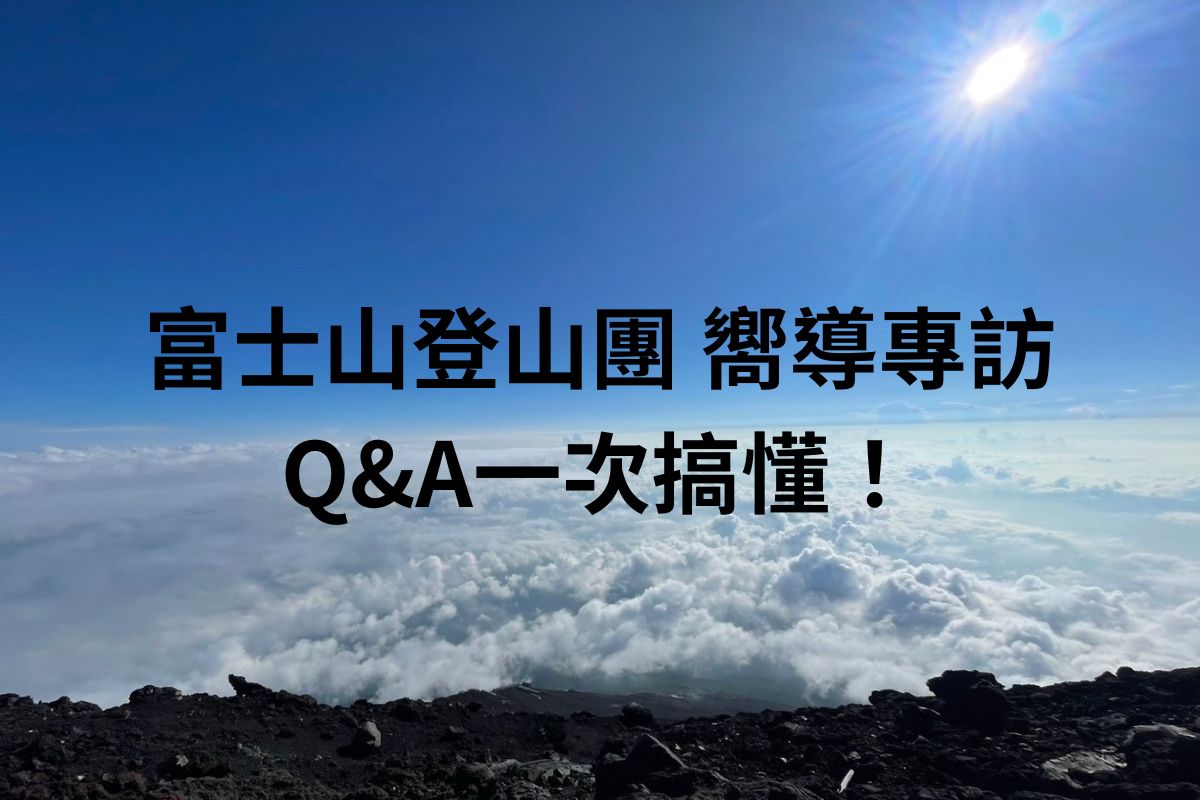
Mount Fuji is not only Japan’s most iconic symbol but also a dream destination for mountaineers worldwide. In this exclusive interview, we speak with professional Mount Fuji guide Belle, who provides in-depth insights into essential preparations, gear recommendations, and safety precautions for a successful ascent.
Beyond climbing tips, Belle also shares a behind-the-scenes look at the daily life of a Mount Fuji guide, offering a unique perspective on the challenges and rewards of guiding climbers up Japan’s most famous volcano. If you’re planning to conquer Mount Fuji, this expert guide will equip you with all the knowledge you need for a safe and unforgettable adventure!
Top 10 Q&A with a Mount Fuji Guide
Which Side of the Plane Should You Sit on to See Mount Fuji When Flying to Japan?
Orange Cat’s Mount Fuji Services: Two-Day One-Night Climbing Tours & Private Car Services in Japan
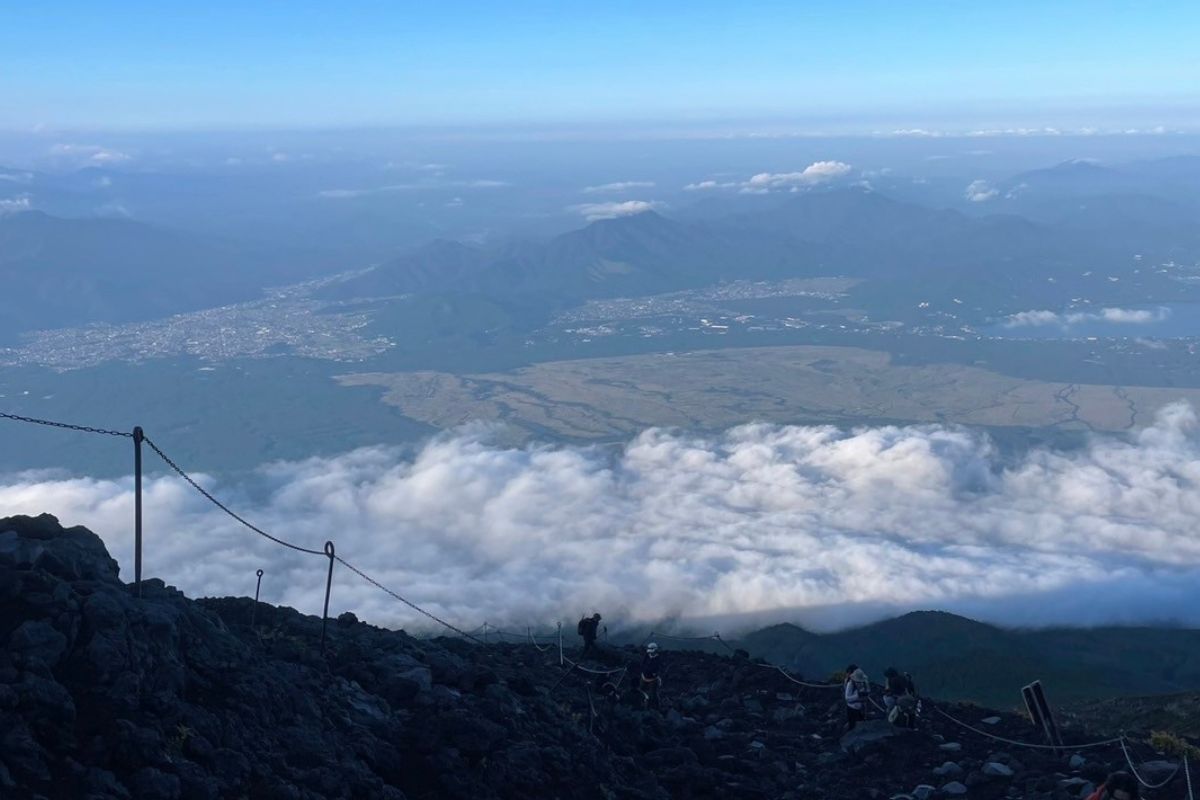
First and foremost, having the courage to face the power of nature is essential. Climbing requires mental and physical resilience to overcome challenges and ensure a safe ascent and descent. Many climbers prefer to hike with companions, but as a mountain guide, you must often tackle difficulties alone, making constant self-evaluation and learning from each climb crucial.
I decided to become a Mount Fuji guide after accumulating about five years of mountaineering experience. By then, I was comfortable navigating the unique challenges of Mount Fuji and felt confident in leading others.
I’ve always been an active person, not suited for a traditional office job. After moving to Japan, I started climbing to relieve work stress, and before I knew it, it became a passion—one that I couldn’t imagine giving up to return to city life (laughs).
Of course, being a certified mountain guide requires specialized skills, including obtaining a Wilderness First Aid (WFA) certification to handle emergencies in the wild.
One of the most unforgettable moments in my career happened during my first summit tour. It was around 1:30 AMnear the 8th station of the Yoshida Trail when I saw a 70-year-old Japanese man lying in the middle of the path. He had likely been there for over 30 minutes, missing the critical 4-6 minute window for CPR and AED intervention.
Several foreign hikers were already attempting first aid, but sadly, they couldn’t save him. Right in front of my eyes, a life was lost. It was the first time I had ever encountered a death on the mountain, and it left a lasting impact on both me and the climbers in my group. I believe that everyone in that tour will never forget this lesson from nature.
The key to a successful Mount Fuji climb starts with proper preparation. Since Mount Fuji stands over 3,000 metersand is an isolated peak, it experiences rapid weather changes, especially from oceanic fronts coming from Suruga Bay and the Pacific Ocean.
Temperature Drops with Altitude
Choosing the Right Footwear
SCARPA has been producing high-quality outdoor footwear since 1938, specializing in mountaineering, hiking, and trekking boots.
By following these guidelines, you’ll maximize your safety and enjoyment while experiencing Japan’s most sacred peak!
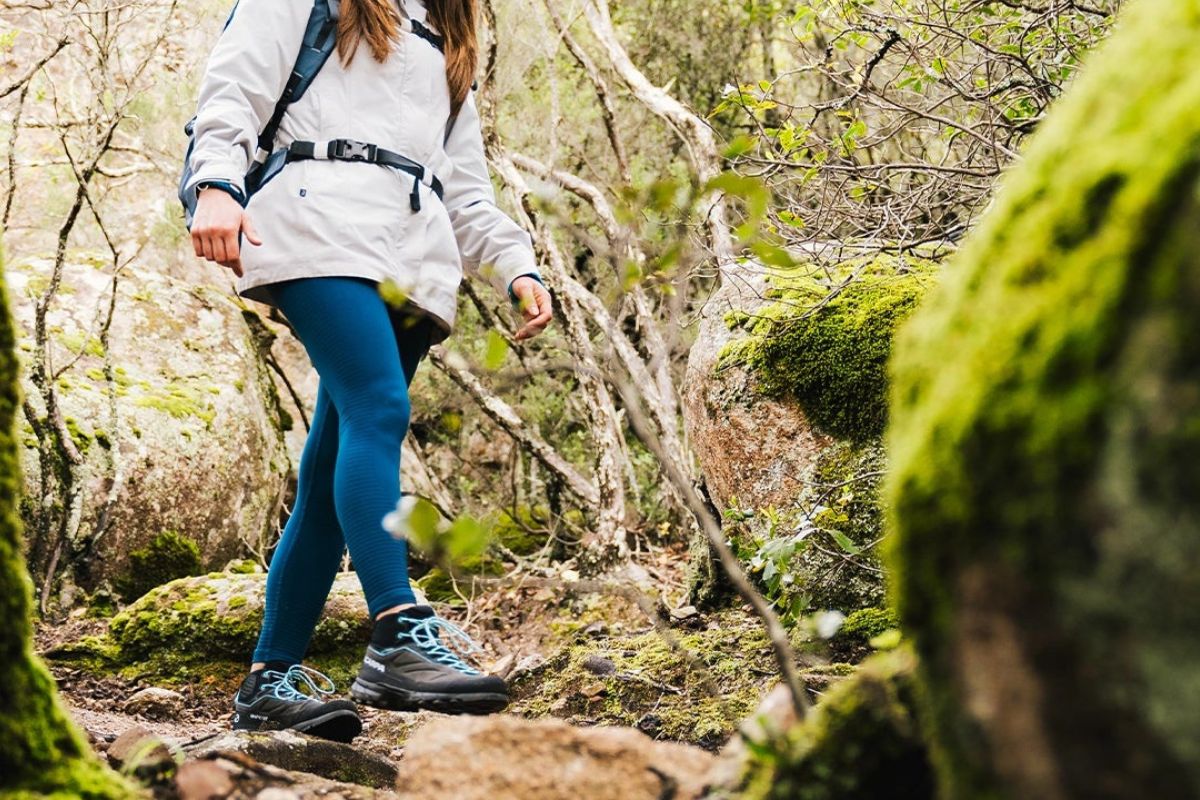
Image Source: SCARPA Official Website
Surprisingly, you don’t need excessive preparation to climb Mount Fuji. However, if you are concerned about your endurance, I recommend the following training to help you handle the physical demands:
Leg Strength Training:
Load-Bearing Practice:
With proper physical conditioning, the climb will feel much more manageable!
Yes. One of the most serious incidents I faced involved a guest experiencing altitude sickness at the 8th station (3,250m).
* Important Altitude Sickness Rule:
Once symptoms of altitude sickness appear, DO NOT continue ascending. In severe cases, this can lead to shock or even death.
* Key Takeaway for Climbers:
If you start feeling unwell, inform your guide immediately. There are medical stations at certain mountain huts, and guides will arrange rest or medical attention if needed. Your safety always comes first.
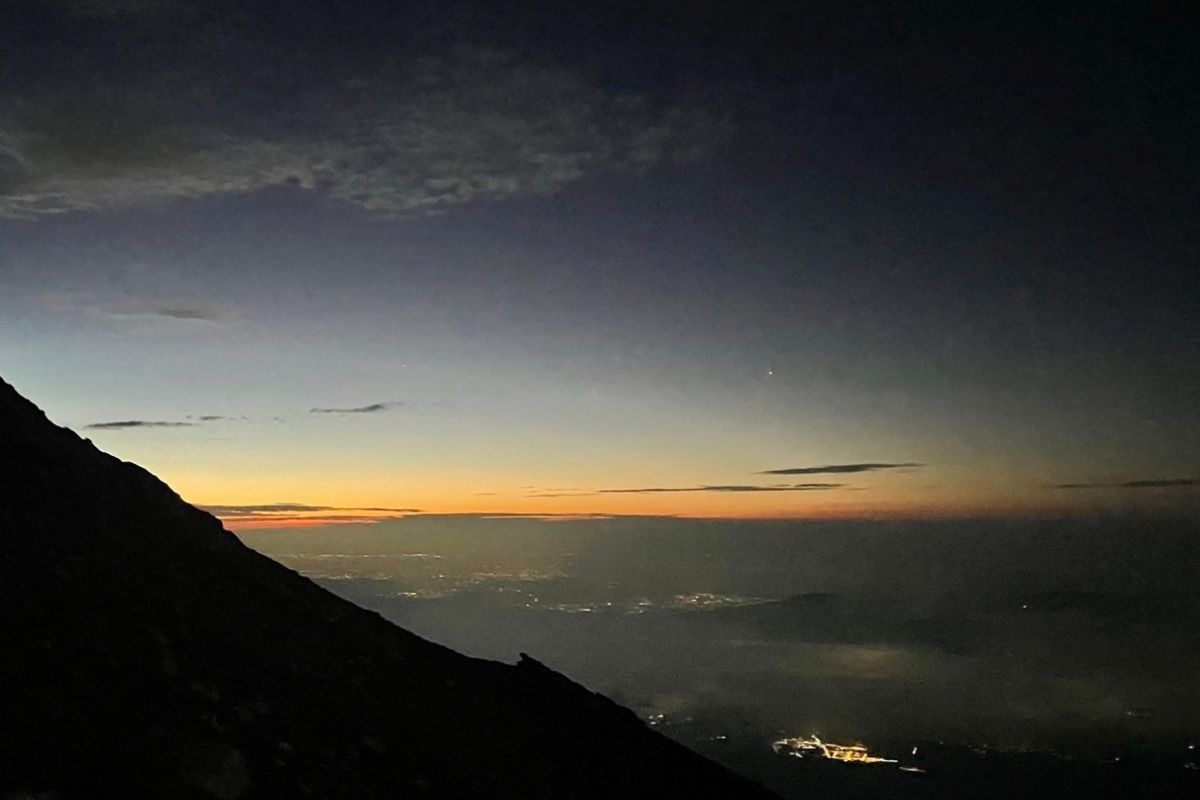
The Fujinomiya Route is the shortest of the four main trails leading to the summit of Mount Fuji.
Although the Fujinomiya Route is steeper, it offers a major advantage: it provides the shortest path to Kengamine (剣峰), the true summit of Mount Fuji.
In contrast, those on the Yoshida Route must circle halfway around the crater before reaching Kengamine. If you want to witness the "Goraikō" (御来光) sunrise from the summit, the Fujinomiya Route is the best choice.
"Goraikō" refers to the first light of sunrise seen from the summit of Mount Fuji. It is a breathtaking natural spectacle and is deeply symbolic in Japanese culture, representing hope, renewal, and divine blessings. Many climbers start their ascent at midnight to reach the summit just in time to witness this sacred moment.
Kengamine is the highest point on Mount Fuji, standing at 3,776 meters above sea level. After reaching the summit, climbers must make a final push to conquer Kengamine, where they can enjoy panoramic views of the crater and the surrounding landscape. This is often considered the ultimate achievement for Fuji climbers.
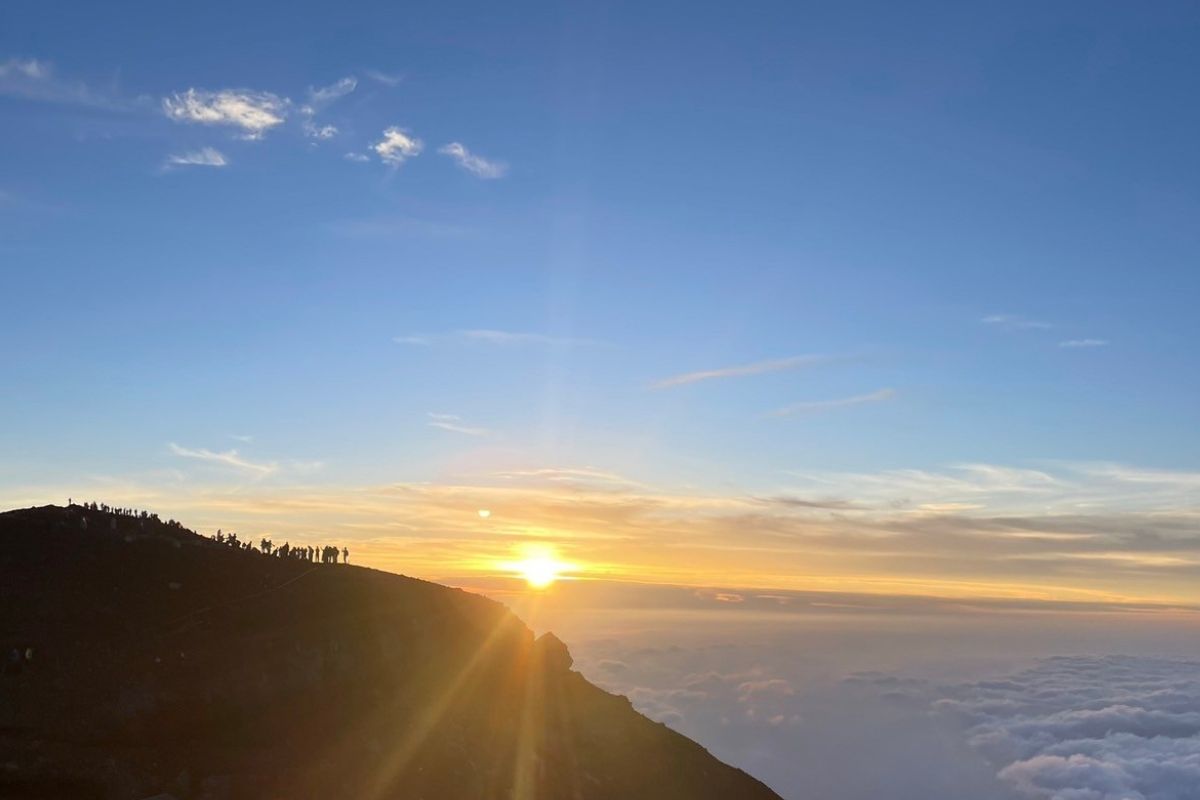
Yes. A couple of years ago, I had a client who physically couldn’t continue the climb as planned. They were supposed to reach Fuji Summit Hut (富士山頂上館) for the night, but their energy levels dropped significantly at the 9th stationand they couldn’t proceed.
At that point, I sought help from Watanabe-san, the owner of Mannenyuki Sanso (万年雪山荘) at the 9th station. Luckily, we managed to secure last-minute accommodation at Kyūtotsu Sanso (胸突山莊) at the 9.5th station, allowing everyone to rest and have dinner safely.
This was fortunate because Fuji Summit Hut has strict policies—guests must check in before 5:00 PM, and doors close at 7:00 PM, meaning no late entry or dinner service. Had we not found alternative lodging, we would have been in a very difficult situation.
One of the most unexpected moments came eight months later, when a Japanese friend told me they saw me on TV! It turns out that in 2023, NHK secretly installed 100 hidden cameras along the Fujinomiya Route for a documentary called "NHK 100 Fuji", and I ended up being featured in their special broadcast. It was definitely a surprising and fun experience!
Mount Fuji is more than just a mountain to conquer—it is a sacred symbol and a spiritual icon for the Japanese people.
I hope that everyone who comes to climb Mount Fuji does so with a sense of respect and reverence. This is not just a physical challenge but also a profound experience that can become one of the most memorable moments in your life.
Approach Fuji with the right mindset, and you’ll gain not just a summit victory, but a deeper appreciation for nature, culture, and yourself.
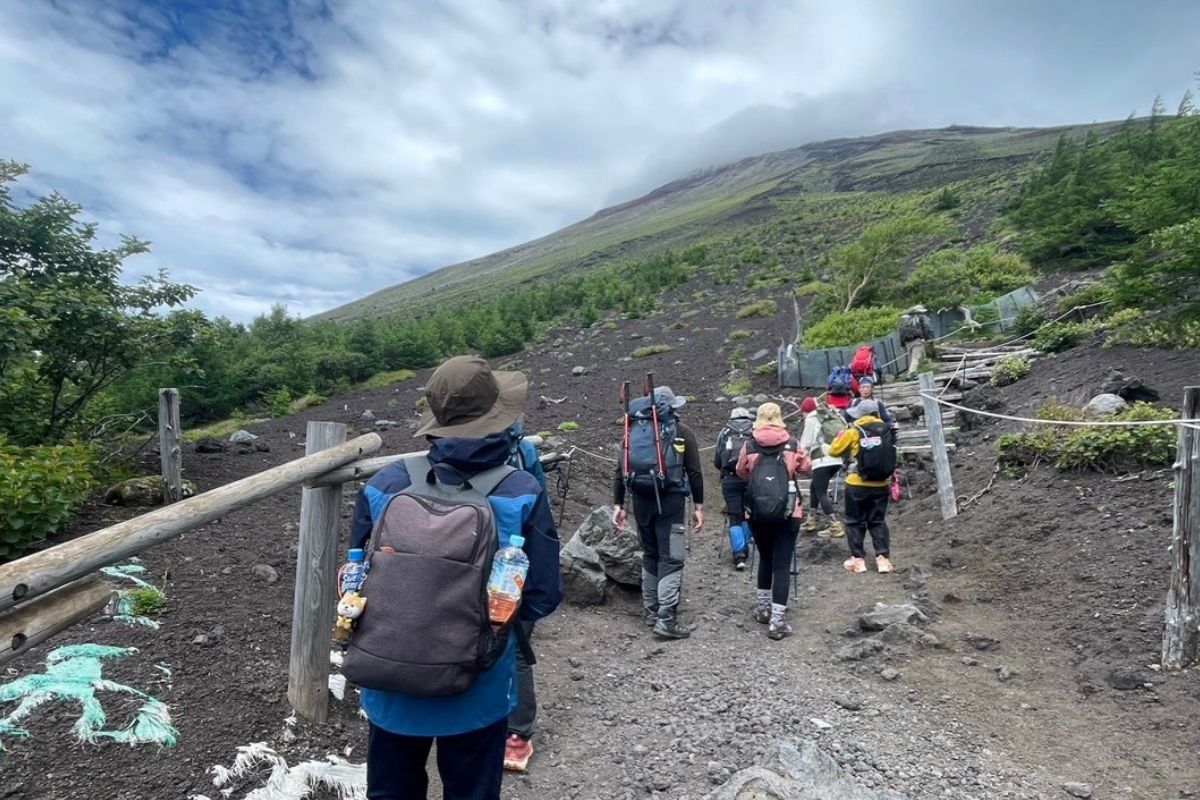
Beyond just leading climbers, my role as a mountain guide is also about supporting and encouraging everyone in my group. I believe that taking care of each person’s well-being and morale is just as important as the climb itself.
Climbing is like life itself—the journey can be demanding and exhausting, but with effort and perseverance, you are rewarded with a breathtaking view that belongs only to you.
And of course, my most critical responsibility is ensuring that everyone descends safely, because reaching the top is only half the journey—getting down safely is just as important.
Maintain good physical fitness by making sure you can walk at least 10,000 steps daily while carrying a load.
More importantly, keep a positive and joyful mindset.
When your body and mind are in good shape, you can enjoy not just Mount Fuji, but any mountain you choose to climb. Nature has so much to offer, and with the right preparation, every climb can be an unforgettable and fulfilling experience.
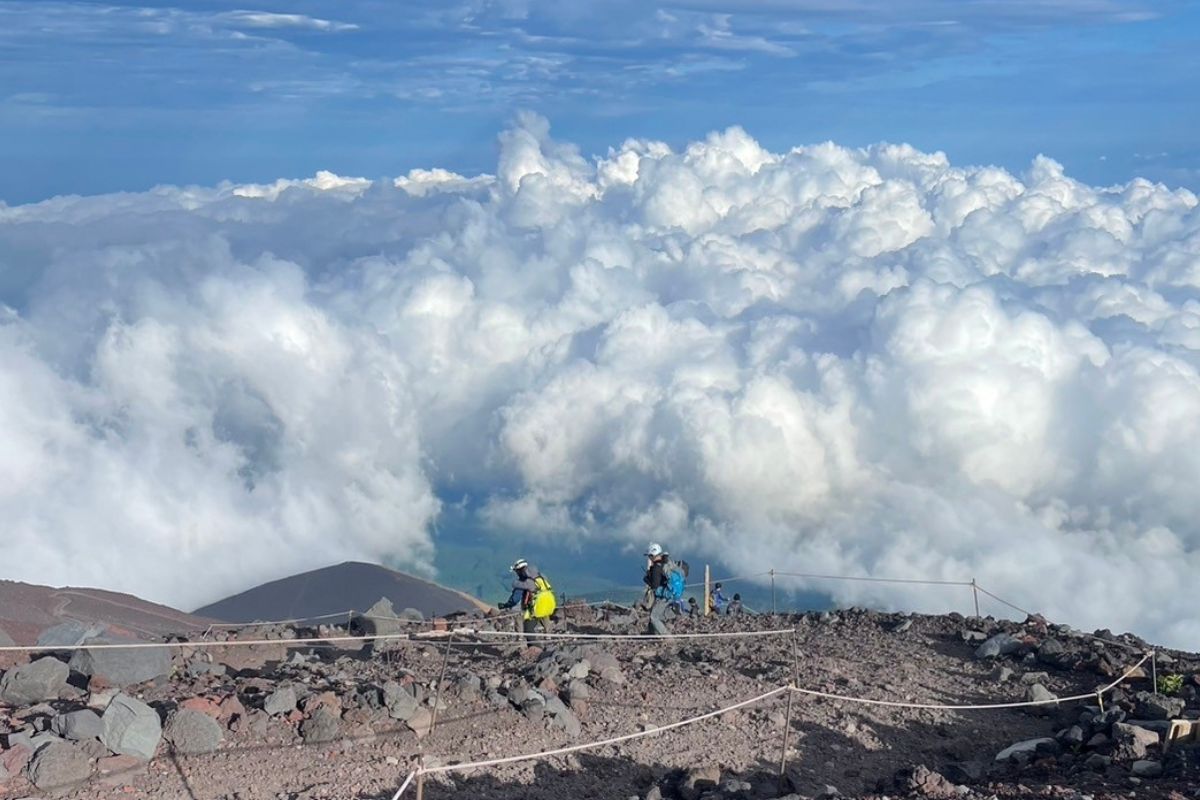
Want to catch a breathtaking aerial view of Mount Fuji? If you're flying from Taiwan to Tokyo, choosing the right seat will give you a spectacular sight of Japan’s most iconic peak from above!
This ensures you’ll have the perfect vantage point to admire Mount Fuji from the sky.
If you book a Mount Fuji climbing tour or private car service with Orange Cat Japan, our customer service team can also assist with flight reservations, making sure your Mount Fuji adventure begins the moment you board the plane!
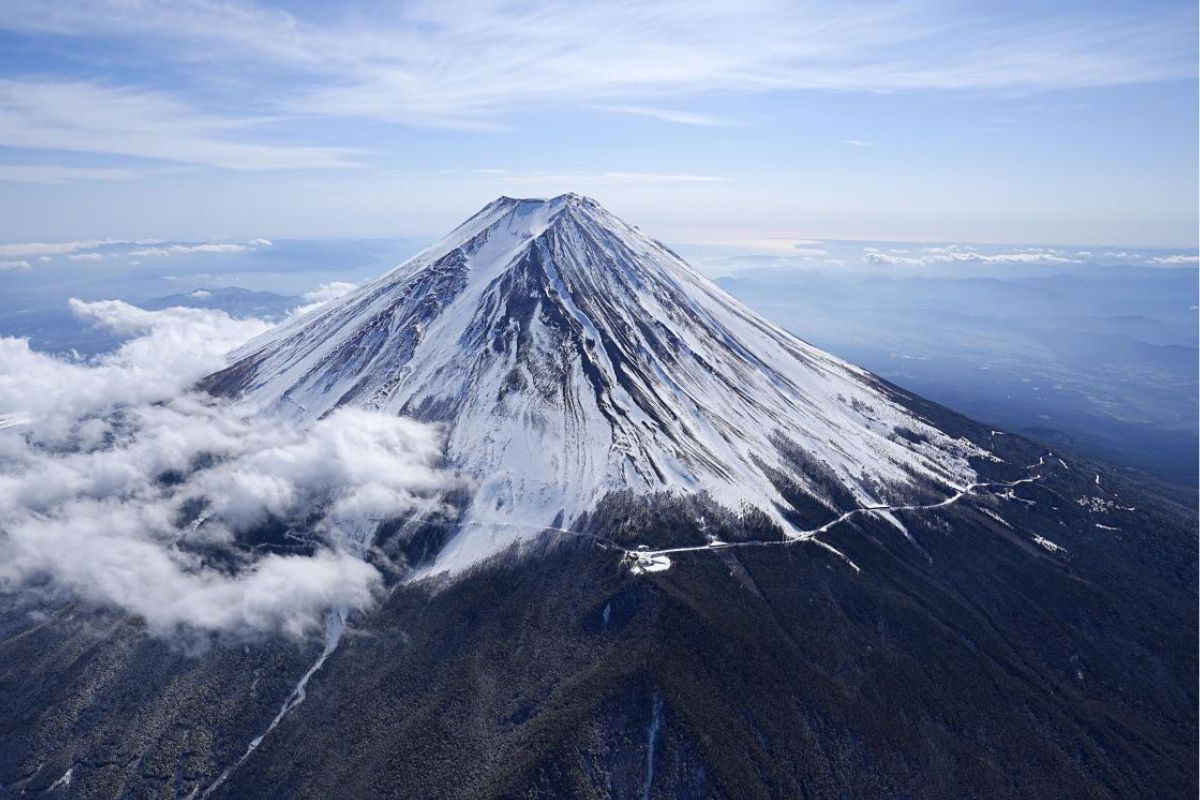
Must-Read Before You Go >>> How to Easily Climb Mount Fuji? 2025 Climbing Tour & Private Car Guide
Book Your 2025 Mount Fuji Climbing Tour Now >>> Japan’s Highest Peak | Two-Day One-Night Mount Fuji Climbing Tour | Departing from Tokyo
Customized Private Car Travel in Japan >>> Japan Private Car Service